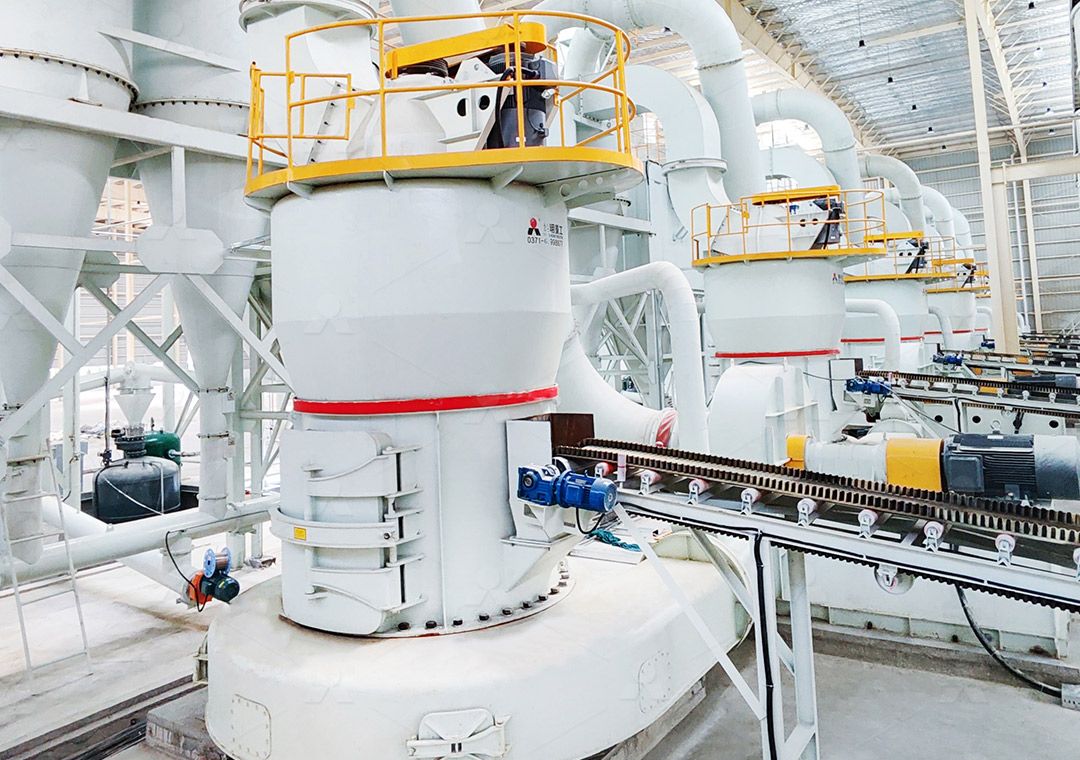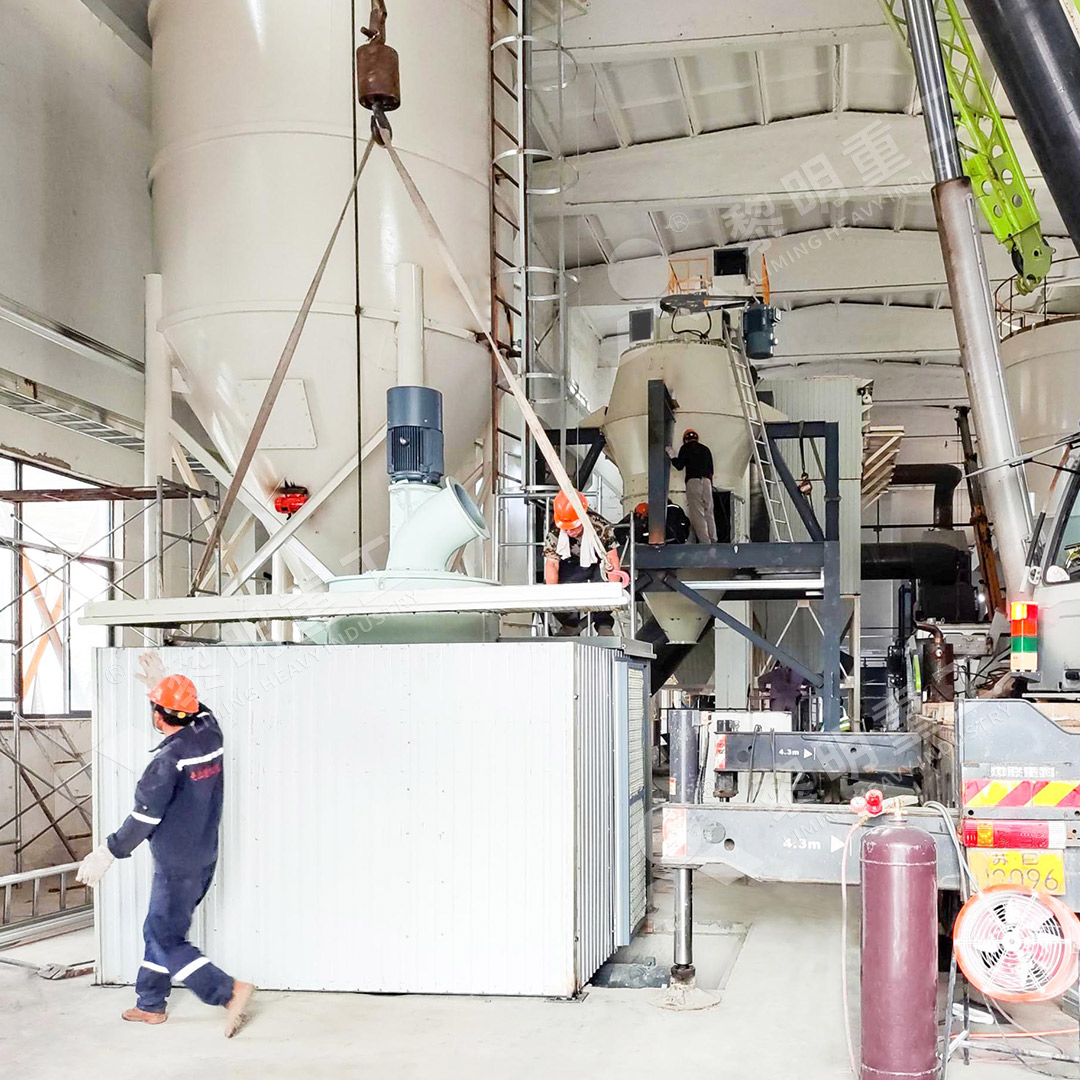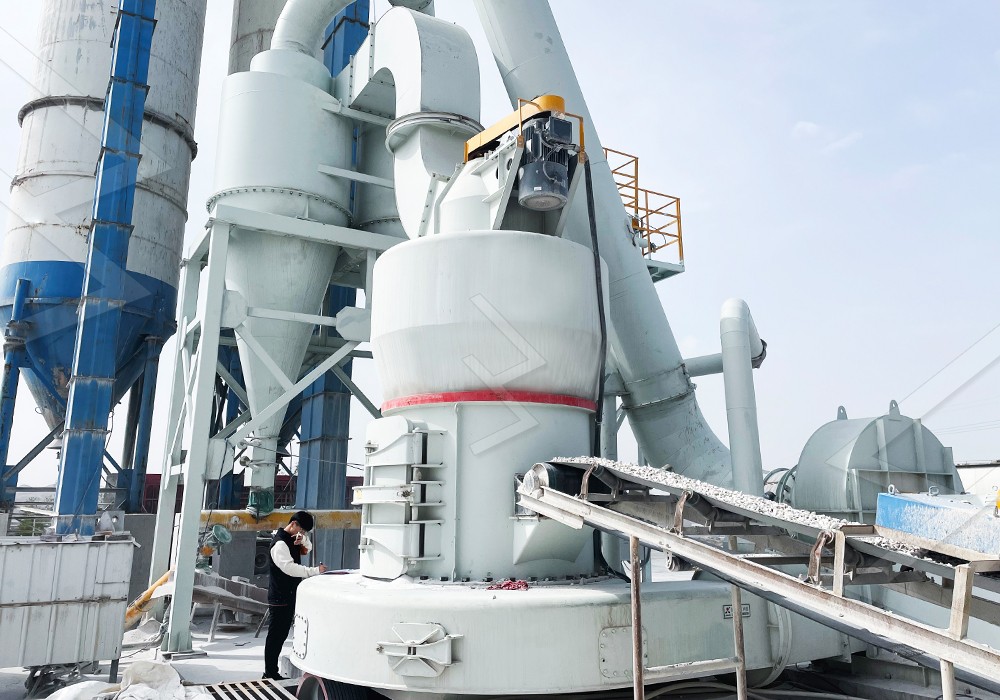3R Raymond Mill for 1800 Mesh Powder Production
3R Raymond Mill for 1800 Mesh Powder Production
In the competitive world of fine powder processing, achieving consistent 1800 mesh fineness presents significant technical challenges. While traditional 3R Raymond mills have served industries for decades, modern production demands require advanced solutions that balance precision, efficiency, and operational costs.
The Technical Challenge of Ultra-Fine Grinding
Producing 1800 mesh powder (approximately 8-10μm) requires sophisticated grinding technology that goes beyond conventional milling approaches. The 3R Raymond mill configuration, with its three grinding rollers, provides a solid foundation for fine powder production. However, reaching 1800 mesh consistently demands precise control over grinding pressure, airflow, and particle classification.

Traditional Raymond mills face limitations when pushed beyond their designed capacity. The grinding efficiency decreases significantly as target fineness increases, leading to higher energy consumption and reduced throughput. Additionally, maintaining consistent particle size distribution becomes increasingly difficult at ultra-fine levels.
Modern Solutions for Advanced Powder Production
For operations requiring reliable 1800 mesh powder production, we recommend considering our MW Ultrafine Grinding Mill as a superior alternative. This advanced system addresses the limitations of traditional Raymond mills through innovative engineering and precise control systems.
The MW Ultrafine Grinding Mill features a cage-type powder selector with German technology that effectively increases powder separation precision. With adjustable fineness between 325-2500 meshes, it easily handles 1800 mesh production while maintaining consistent quality. The unique design without rolling bearings or screws in the grinding chamber eliminates common failure points, ensuring continuous operation.

Operational Advantages for 1800 Mesh Production
When comparing equipment for ultra-fine powder production, several factors become critical. The MW Ultrafine Grinding Mill demonstrates 40% higher production capacity than jet grinding mills and double the output of ball grinding mills at the same fineness and power consumption. Meanwhile, system energy consumption is only 30% of jet grinding mills, representing significant operational savings.
For operations requiring even higher precision, our LUM Ultrafine Vertical Grinding Mill offers additional advantages. Its unique roller shell and lining plate grinding curve generates material layers more effectively, enabling high rates of finished products through single-pass powder milling. The PLC control system and multi-head powder separating technology provide precise control over grinding parameters.
Environmental and Maintenance Considerations
Modern powder production must address environmental concerns without compromising efficiency. The MW Ultrafine Grinding Mill incorporates efficient pulse dust collection and noise reduction systems that meet national environmental protection standards. The external lubrication system allows maintenance without shutdown, supporting 24-hour continuous production.

The reversible structure of the LUM Ultrafine Vertical Grinding Mill simplifies maintenance operations, allowing easy access to grinding components for inspection and replacement. This design consideration significantly reduces downtime and associated production losses.
Frequently Asked Questions
Can traditional 3R Raymond mills consistently produce 1800 mesh powder?
While possible with modifications, traditional 3R Raymond mills often struggle with consistent 1800 mesh production due to limitations in separation efficiency and grinding precision. Modern specialized equipment like the MW Ultrafine Grinding Mill provides more reliable results.
What is the typical production capacity for 1800 mesh powder?
Capacity varies by material characteristics, but the MW Ultrafine Grinding Mill typically achieves 0.5-25 tph depending on material hardness and moisture content. The LUM Ultrafine Vertical Grinding Mill offers 5-18 tph capacity for similar applications.
How does energy consumption compare between different mill types?
Advanced grinding mills like the MW series consume approximately 30% of the energy required by jet grinding mills for equivalent output. The energy-saving multi-head powder separating technology in the LUM mill reduces consumption by 30%-50% compared to conventional grinding mills.
What materials are suitable for 1800 mesh production?
Both the MW and LUM mills process various non-metallic minerals including limestone, calcite, dolomite, gypsum, barite, marble, talc, and coal powder. The MW mill also handles applications in chemical, paint, cosmetic, and food additive industries.
How is product quality maintained during continuous operation?
Advanced control systems, precise powder separation technology, and consistent grinding pressure maintenance ensure stable product quality. The digitalized processing of core components guarantees high machining precision for reliable long-term operation.
